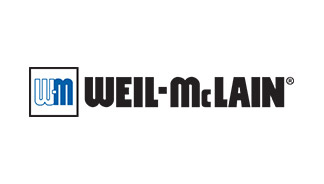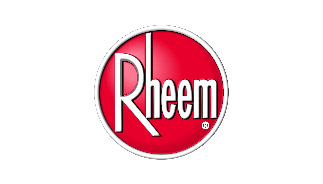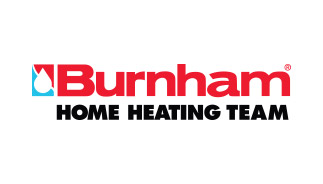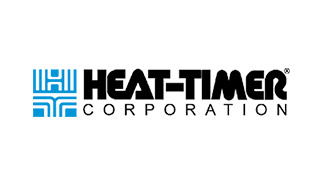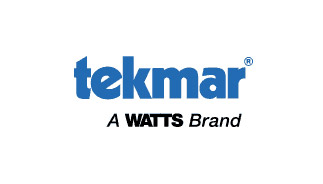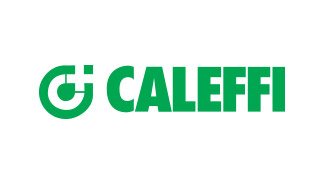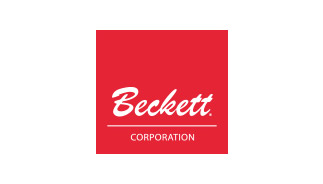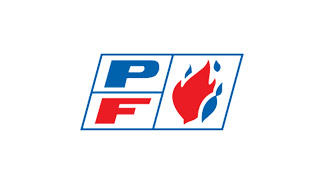Published on
November 17th, 2022A History of Heat Innovations in New York City Apartments
As the cold weather arrives once again in New York, thoughts turn to cozy days at home and battening down against the elements outside. We take for granted that we can simply step inside to warm up and get out of the snow, but was it so easy to obtain heat in centuries past? Here’s a brief history of heat innovations in New York City apartments. Getting warm was definitely harder for our ancestors, and we’re lucky things have improved in the late 20th and early 21st centuries.
From Wood-Burning Fireplaces to Coal
Franklin stoves to cast iron coal burners
The earliest residents of New York City relied on wood-burning fireplaces to stay warm in cold weather. You may have heard of “Franklin stoves” invented by Benjamin Franklin. These were variations on different types of baffles and hearths to keep heat inside, rather than sucking all the warm air up a chimney. But Franklin’s innovations soon became outmoded in the late 1700s with the creation of Count Rumford’s shallow firebox with its angled sides. The design was so popular that Thomas Jefferson had eight of these fireplaces installed in Monticello, his country home.
We see the remnants of this heating method across the city with its many elegant fireplaces. Remaining older properties that were once single-family homes have been turned into condominiums and co-ops. Those folks who still have operational fireplaces are doubly thankful now — not only are they aesthetically pleasing, but adding new wood-burning fireplaces has also become illegal in the city as a measure to improve air quality.
In the decades just before the American Civil War, coal came into vogue as a heating fuel. Anthracite coal was longer-burning and took much less space to store. It was easier to haul as well. Open fireplaces were frequently replaced with cast iron stoves that resemble the ones people use today for log cabin heating and cooking. Larger homes belonging to wealthy New Yorkers sometimes had one large coal-burning stove in the basement to heat the entire house. Less affluent residents and tenement dwellers used tiny coal stoves in nearly every room.
The Advent of Steam Heat
Still in use in New York City
The greatest problem with wood and coal is that the fuel must be constantly replenished when the flame gets low, which could mean chilly nights if no one was available to fill the fireplace or stove. The use of gas as a fuel was more appealing because it could be constantly available, and some New Yorkers enjoyed this heat source for a short while.
However, the onset of gas fireplaces coincided with another new heat source that was particularly popular in New York City and still is: steam. Rather than send gas to individual fireplaces, it was used to heat large boiler tanks of water. As the water evaporated, it formed steam, which traveled to radiators in different parts of a residence, whether a single-family mansion or the units in an apartment building.
Steam heat became particularly widespread around the turn of the 19th century and the first two decades of the 20th century. During this time, New York and the rest of the world endured the Spanish Flu. One reason apartments still often get too much heat from their steam radiators is they were designed to provide ample warmth even when people threw open their windows for fresh air to fight contagion.
Modern Heating Technology and Boiler Innovations
Old-fashioned steam heat made better
Steam heat hasn’t changed much in its basics since those early years. In fact, many condos and co-operatives today still have their original radiators from the first half of the 20th century. What has changed is boiler technology and the addition of electricity to homes. Steam heat has become more energy efficient, and electricity allows us to better control heating, in addition to providing supplemental heat via baseboards and electric ignition gas fireplaces.
New boilers don’t take up nearly the space that old ones did, and they get smaller every year. Also, controllers for boilers let users determine precise settings for them, which protect the boiler, allow for more accurate temperatures, and reduce the need for manpower in the boiler room.
For even more exact control of heat, there are thermostatic radiator valves that work in conjunction with thermostats. Instead of everyone in a large multi-unit building being at the same temperature, residents can control their own heat by adjusting the thermostatic valves. Want to get warmer? Turn up the thermostat, and it “tells” the radiator to let more steam out through the valve. Going out for the day? Turn down the thermostat, and you get the opposite effect. These thermostats are programmable too, so you can set the heat to rise and fall at specific times of the day. Even better, many are controllable remotely, so if you want to change a predetermined setting, you can do it from your cell phone.
Other boiler technology includes:
- Sophisticated insulation for boiler components and steam pipes
- Better condensate return systems to recycle condensed steam
- Automatic pumps with their own controllers for fresh water feeding, hot water and steam circulation, and condensate return
- Use of chemistry to treat boiler water to the proper pH in order to prevent boiler problems and extend boiler lifespans
We’ve come a long way since the wood-burning fireplace in New York City. Now we even have an official “heat season” during which landlords are required to maintain adequate warmth in their buildings. We talk about heat season quite often here in our blog posts because we want our clients to be ready when the snow falls.
Have you had your annual professional boiler maintenance check yet this year? The thermometer is already dropping, so you don’t want to wait until we have icicles to find out your boiler needs parts or a repair. Call Calray Boilers today at 212-722-5506 to schedule your yearly boiler checkup, and you can relax when the temperature plummets.
